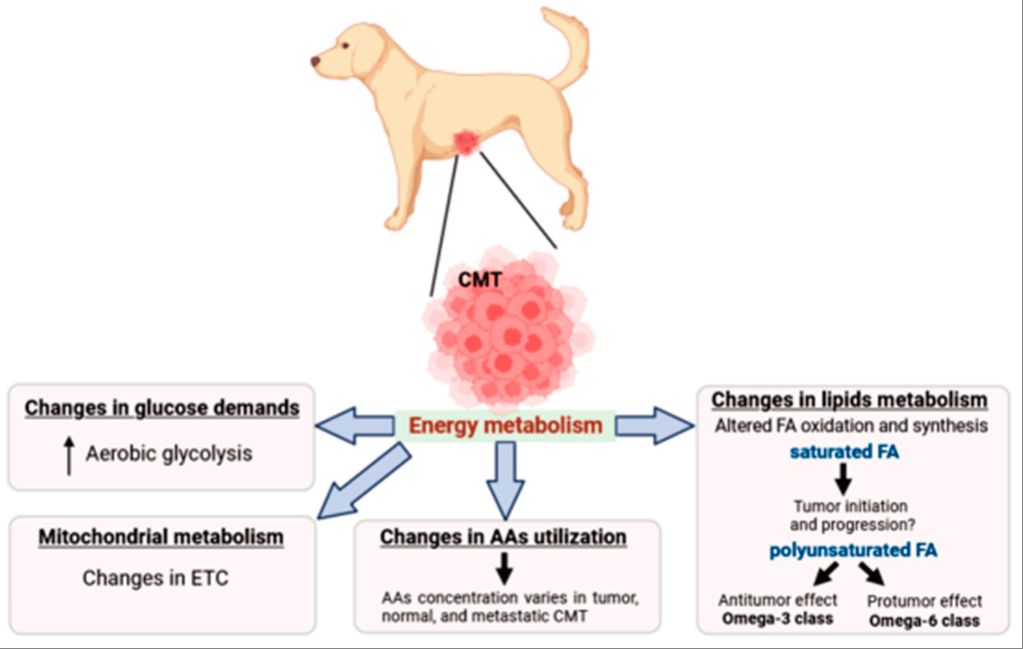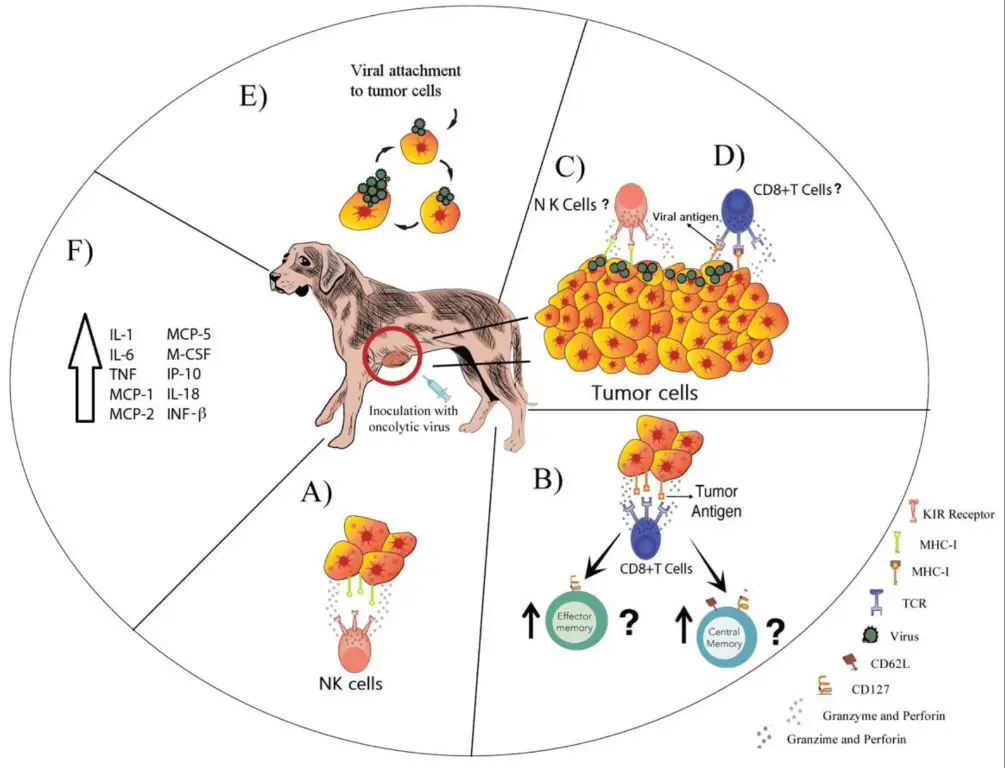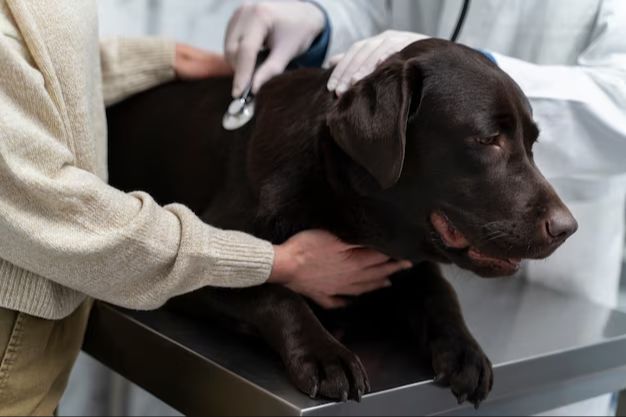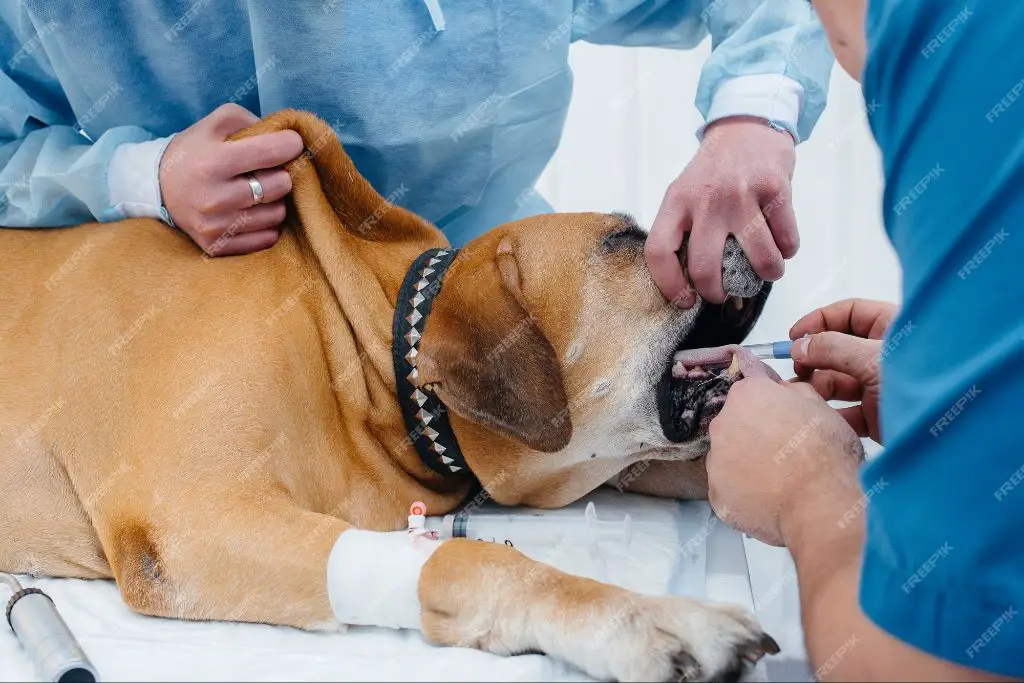Introduction
If you’ve ever had a dog with cancer, you may have wondered if your other dogs are at risk of developing cancer too. Specifically, you may worry that your dogs could get cancer from licking tumors on another dog in the household.
This is an understandable concern for dog owners. After all, we want to keep all our furry friends safe and healthy. While cancer transmission between dogs is rare, it is possible in some cases. Let’s take a closer look at whether dogs can actually get cancer from licking tumors and what steps you can take to protect your pets.
Can Dogs Get Cancer?
Yes, dogs can definitely get cancer. In fact, cancer is a leading cause of death in older dogs, with some studies estimating that 1 in 4 dogs will develop cancer at some point in their lifetime.
Some of the most common cancers seen in dogs include:
- Mast cell tumors – these skin tumors are the most common cancer diagnosed in dogs, accounting for up to 20% of skin tumors. They can be benign or malignant.
- Lymphoma – this cancer of the lymph nodes and lymphatic system is one of the most frequently diagnosed cancers in dogs. It is treatable but often incurable.
- Osteosarcoma – an aggressive bone cancer most often found in large breed dogs. It has a high likelihood of spreading (metastasizing) to other organs.
- Hemangiosarcoma – an invasive cancer of blood vessel walls. It is difficult to detect and can spread rapidly.
- Melanoma – cancerous tumors arising from pigment-producing cells. These commonly form on dogs’ mouths, lips, eyelids and toes.
- Mammary gland tumors – breast cancer is seen in both female and male dogs. Half are cancerous if not surgically removed.
While any dog can develop cancer, purebreds and senior dogs have an increased risk. Detecting cancer early and implementing the right treatment plan provides dogs with the best prognosis.
How Cancer Spreads in Dogs
Cancer can spread between dogs through a process called metastasis. Metastasis is when cancer cells break away from the initial tumor and travel to other parts of the body via the blood or lymph system, where they can form new tumors. This is how cancer often spreads within an individual dog’s body.

Some cancers like transmissible venereal tumors can also spread through physical contact and transmission between dogs. For example, when one dog licks or sniffs another dog’s cancerous tumor, cancer cells can transfer to the healthy dog and take hold in their body. This direct transmission of cancer between dogs is not common, but has been documented with certain tumor types that contain contagious cancer cells.
While metastasis within a dog’s own body is more routine, transmission of cancer between dogs represents a unique spreading process. Research indicates certain canine cancers like transmissible venereal tumors and Devil Facial Tumor Disease contain infectious cancer cells that can move between dogs and propagate, representing a rare spreading mechanism. However, most cancers do not spread easily between dogs in this way.
Risks of Licking Tumors
One of the ways cancer can potentially spread between dogs is through licking each other’s tumors or open sores. A dog’s saliva contains infectious agents and cancer cells that can be transmitted to another dog’s bloodstream through an open wound. When a dog excessively licks at another dog’s tumor site, they risk breaking down the tissue and creating an entry point for cancerous cells to spread.
Dogs will instinctively lick at wounds on themselves or other dogs in an attempt to clean or soothe irritation. However, this natural tendency poses a risk when licking at cancerous tissues and lesions. The repeated abrasion of the tumor area can open access to the bloodstream where cancer cells can then circulate through the body and take hold in other tissues.
In addition, a dog’s saliva contains potentially infectious bacteria, viruses and fungi. Excessive licking at open sores may lead to secondary infections that further compromise the dog’s immune system and ability to fight cancer. Preventing dogs from obsessively licking at tumor sites is important to reduce the risks of cancer transmission between canine companions.
Preventing Transmission
There are steps dog owners can take to prevent the spread of cancer between dogs through licking and other contact.

The most important measure is behavior modification to discourage dogs from excessively licking each other’s tumors or surgical sites. Provide distraction with toys and activities. Separate dogs if one continues to lick another’s tumor site. Use an Elizabethan collar if necessary to prevent licking.
Consult your veterinarian about the risks of socializing dogs when one has cancer. Your vet may advise limiting contact, especially right after surgery when the risk of spreading cells is highest. Ask about safe ways dogs can interact, and follow your vet’s guidance.
Maintain good hygiene of dogs’ living spaces, bedding, bowls etc. to limit potential spread of cancer cells. Promptly treat any wounds or skin sores. Keep dogs up-to-date on vaccines to support immune health.
Being proactive and following veterinary recommendations can help significantly reduce the chances of transmitted cancer between dogs in the same household or social group.
Diagnosing Transmitted Cancer
If a vet suspects your dog may have developed cancer from licking another dog’s tumor, they will run various tests to confirm the diagnosis. The main diagnostic tools used are:
- Physical exam – Checking for enlarged lymph nodes, lumps or other abnormalities.
- Biopsy – Taking a sample of cells or fluid and examining them for cancer under a microscope.
- Imaging tests – X-rays, CT scans or MRI scans to see if cancer has spread to other parts of the body.
- Blood tests – Looking for high white blood cell counts or other indicators of cancer.

It can take anywhere from a few days to a couple weeks to get definitive test results confirming transmitted cancer. The prognosis depends on the type, location and stage of cancer, as well as the dog’s overall health. Some transmitted cancers like transmissible venereal tumors have a good prognosis if treated early. Others like hemangiosarcoma tend to have a poorer prognosis.
If multiple tests come back positive for cancer, the next step is determining the stage – how far it has advanced. Staging helps guide treatment options and outlook. The earlier cancer is caught, the better the chances of treating it successfully.
Treating Transmitted Cancer
If your dog is diagnosed with cancer transmitted by licking the tumor of another dog, there are treatment options available. As with any cancer, early detection and treatment provide the best chances for recovery. Your veterinarian will discuss recommended treatment plans based on your dog’s specific diagnosis.
Common treatments for transmitted cancers in dogs include:
- Surgery – Removing the tumor(s) surgically.
- Chemotherapy – Using anti-cancer drugs to kill cancer cells.
- Radiation Therapy – Using radiation to shrink and destroy tumors.
- Immunotherapy – Stimulating the immune system to fight cancer.
- Targeted Therapy – Drugs that specifically target cancer cells.

Your vet may recommend combining multiple treatments, such as surgery followed by chemotherapy or radiation. Treatment costs will vary based on the type and extent of cancer, your location, and chosen therapies. Expect costs to range from $3,000-$10,000 or more. Pet health insurance can help cover treatment expenses.
The prognosis for transmitted cancers depends on the specific diagnosis, stage of disease, and response to treatment. With an early diagnosis and prompt treatment, dogs have a good chance of achieving remission or being cured. Your vet can provide a prognosis based on your individual dog’s condition. While challenging, many dogs go on to live happy, good quality lives after successful cancer treatment.
Caring for a Dog with Transmitted Cancer
If your dog develops cancer that has been transmitted from another dog, the most important thing is providing loving palliative care to maximize quality of life. Focus on keeping your dog as comfortable and happy as possible:
- Make mealtimes enjoyable by feeding your dog’s favorite foods.
- Restrict exercise to short, gentle walks to avoid fatigue.
- Give prescribed pain medication regularly to control discomfort.
- Gently brush and massage your dog to provide comforting touch.
- Spend quality one-on-one time together with petting, play or just companionship.
- Consider soft bedding, ramps, or slings to aid mobility issues.
- Monitor for secondary infections and treat promptly.
- Work closely with your vet to maximize pain relief and comfort care.
While the prognosis for transmitted cancer may be grim, focusing on quality of life allows you to provide the best care for your dog. Show your dog how loved they are during this difficult time.
Outlook and Prevention
The prognosis for a dog that has developed cancer from licking another dog’s tumor depends on the type of cancer and how early it is detected. Some transmitted cancers like melanoma tend to be very aggressive, while others like squamous cell carcinoma may be more treatable if caught early. With prompt treatment, dogs have a fair chance of remission or long-term control.
To help prevent the spread of cancer between dogs, it’s important to take precautions:
- Get tumors biopsied and treated promptly in pets.
- Keep dogs with tumors away from other dogs as much as possible.
- Supervise interactions between dogs closely.
- Clean any visible tumors gently with antiseptic wipes before allowing licking.
- Use an Elizabethan collar to prevent licking of tumors.
- Practice good pet hygiene and grooming to detect tumors early.
- Speak to your vet about cancer prevention tips.
While cancer transmission between dogs is rare, being aware of the risks and taking proper precautions can help provide the best care for all pets. With vigilance and early detection, outlook can be good in many cases.
Conclusion
In summary, while rare, it is possible for dogs to develop cancer by licking or biting another dog’s tumor. The main risk comes from tumors releasing live cancer cells that could spread to the licking dog. Lymphoma, mast cell tumors, and skin tumors are most likely to transmit cancer through wound licking. To reduce risks, keep dogs with tumors separated and get masses tested and treated. Look for signs of cancer like lumps, swelling, and abnormal growths. Veterinary exams and biopsies can diagnose transmitted cancers. Treatments like surgery, chemotherapy, and radiation target isolated cancer cells before they multiply. While a dog licking a tumor does not guarantee cancer transmission, it’s smart to monitor their health and take precautions against contagious cancers in canines.